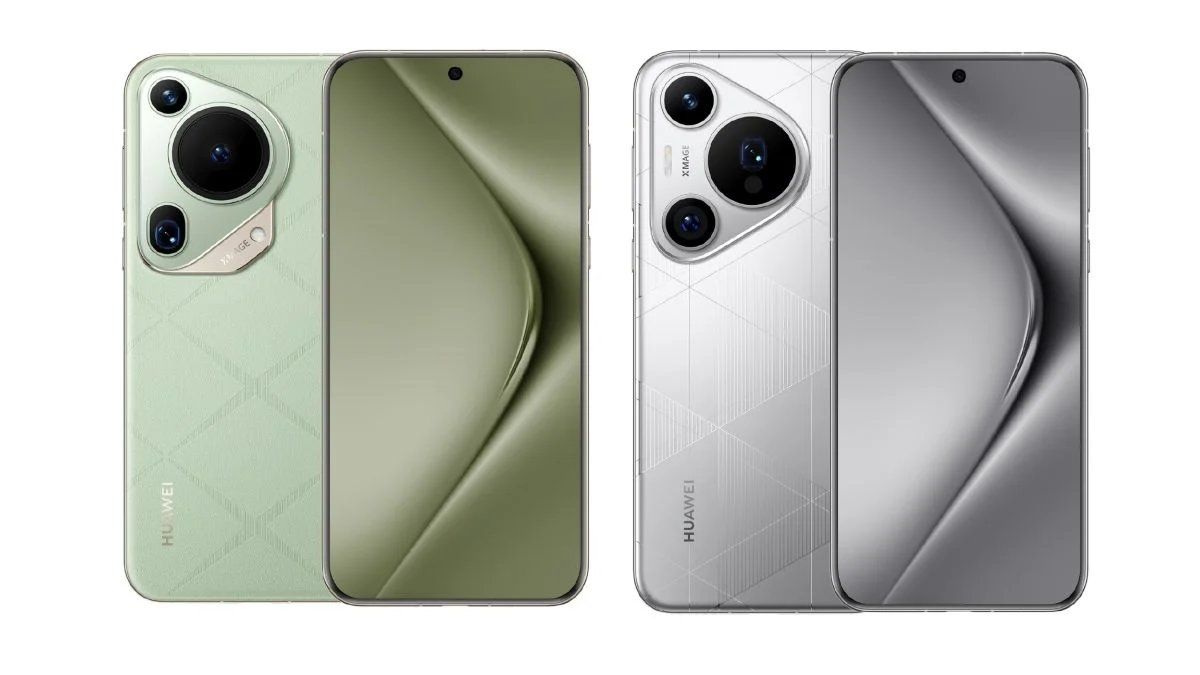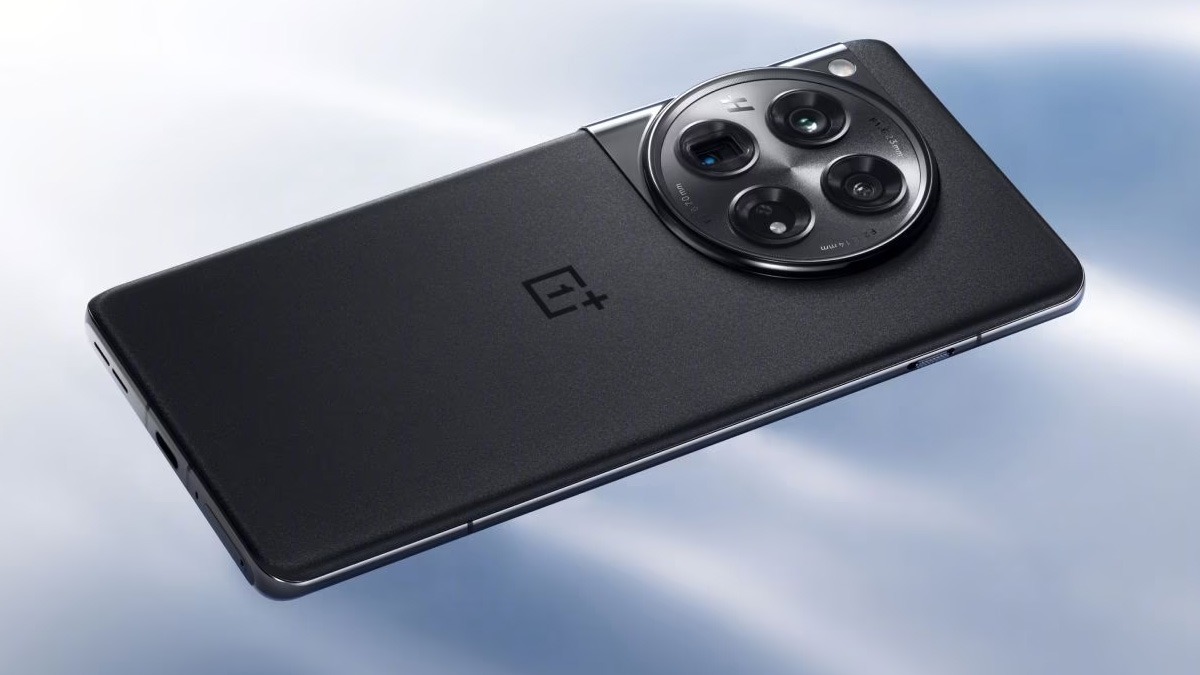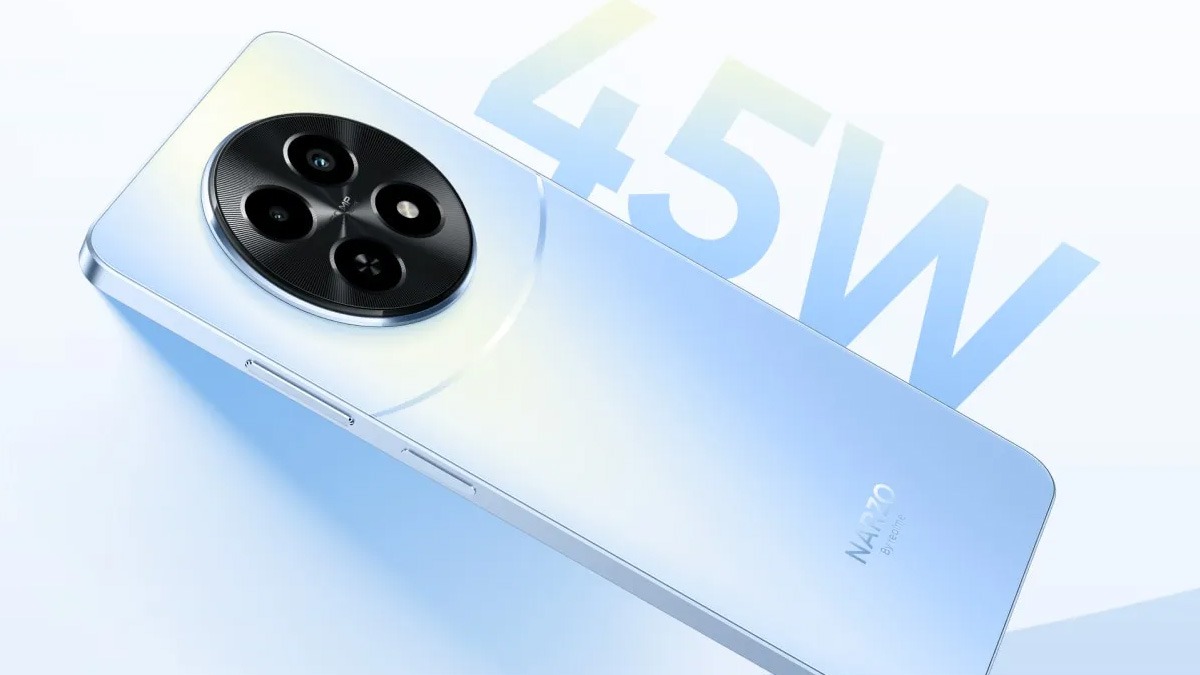Just In
- 1 hr ago

- 1 hr ago

- 2 hrs ago

- 2 hrs ago

Don't Miss
- News
 PM Modi Runs 'School Of Corruption', Teaching 'Entire Corruption Science': Rahul Gandhi
PM Modi Runs 'School Of Corruption', Teaching 'Entire Corruption Science': Rahul Gandhi - Finance
 Senior Citizens Benefits: Top Banks Offer High FD Interest Rates
Senior Citizens Benefits: Top Banks Offer High FD Interest Rates - Sports
 IPL 2024: Robin Uthappa On What Could Be The Only Factor Stopping MS Dhoni From Playing Beyond This Season
IPL 2024: Robin Uthappa On What Could Be The Only Factor Stopping MS Dhoni From Playing Beyond This Season - Movies
 Metro In Dino: When Ananya Panday Warns Sara Ali Khan Not To Touch Aditya Roy Kapur As She Pairs Up With Him
Metro In Dino: When Ananya Panday Warns Sara Ali Khan Not To Touch Aditya Roy Kapur As She Pairs Up With Him - Lifestyle
 Mahavir Jayanti 2024: Date, Time, History, Celebrations And Teachings Of Lord Mahavir In Jainism
Mahavir Jayanti 2024: Date, Time, History, Celebrations And Teachings Of Lord Mahavir In Jainism - Automobiles
 Ford Mustang 60th Anniversary Package – Limited To Just 1,965 Units
Ford Mustang 60th Anniversary Package – Limited To Just 1,965 Units - Education
 Exam Pressure Does Not Exist; Studying Punctually is Crucial; Says Aditi, the PSEB 2024 Topper
Exam Pressure Does Not Exist; Studying Punctually is Crucial; Says Aditi, the PSEB 2024 Topper - Travel
 Journey From Delhi To Ooty: Top Transport Options And Attractions
Journey From Delhi To Ooty: Top Transport Options And Attractions
Xiaomi Redmi Note 6 Pro vs Honor 10 Lite vs Asus Zenfone Max Pro M2 Rear Camera comparison
Find out which is the best camera smartphone in the budget price-point
The fight for the best budget smartphone is going to get tougher with the launch of Honor's first handset for the year 2019- Honor 10 Lite. The successor to Honor 9 Lite has already impressed us with its design, display and software-hardware performance, which can be understood better in our first impressions of the smartphone.

Today, we are going to talk about the rear camera performance of Honor 10 Lite. To give you a better understanding of the camera/video output, we have compared the results with Xiaomi Redmi Note 6 Pro and Asus Zenfone Max Pro M2. These two devices are the biggest competitors of Honor 10 Lite and both offer solid on-paper specifications.
In the following comparison, you can read about the difference in the smartphone's camera UI and image/video output in various light conditions. We hope this comparison will help you find the best smartphone for your photography style in the budget price-point. Let's start with the camera user interface.

Honor 10 Lite Camera app
If a feature-rich camera app is your top priority, Honor 10 Lite is the right phone to buy. The camera interface on Honor 10 Lite offers tones of features to help you make the most out of a smartphone camera. The camera interface is exactly the same what you get with the company's flagship smartphone- Huawei Mate 20 Pro. The camera app on Honor 10 Lite offers a range of interesting filters, and useful modes like Aperture, Light painting, powerful Night mode in addition to standard modes like Photo, video, portrait, HDR, etc.

Redmi Note 6 Pro Camera app
The second spot for the camera UI is grabbed by Xiaomi Redmi Note 6 Pro which also offers a feature-rich app. The MIUI camera app on Redmi Note 6 Pro is very fluid to use and also offers a variety of filters and modes. You can enable AI to let the camera decide the best settings to capture images. The phone also has Auto HDR, beautify, Group selfie and a number of filters to add variety to your clicks.

Asus Zenfone Max Pro M2 Camera app
In comparison to Honor 10 Lite and Redmi Note 6 Pro, the camera app on Asus Zenfone Max Pro M2 feels quite underwhelming. As the handset runs on stock Android, you get a fairly straight-forward and basic camera interface which only offers most-widely used features like HDR, Pro mode, filters, Portrait mode, etc.

Daylight Camera performance
All the smartphones capture impressive pictures when light conditions are favorable. Redmi Note 6 Pro offers the most realistic presentation of the scene.
Redmi Note 6 Pro captures most realistic colors
The images captured by Redmi Note 6 Pro show natural color tones and the camera lens is also able to best understand the lighting. The dual-pixel autofocus technology implemented by Xiaomi combined with an F/1.9 aperture lens is doing a right job here.
Honor 10 Lite captures good details but saturates the output
Honor 10 Lite comes at second spot as the images shot by its rear camera look somewhat animated with and without AI mode on. Some shots even show bluish tint; however, the camera captures a great amount of detail which is at par with images shot by Xiaomi Redmi Note 6 Pro. The images shot in indoor lighting by Honor 10 Lite look softer and less crisp as compared to that of Redmi Note 6 Pro.
Asus Zenfone Max Pro boosts up the contrast, colors and darkens shadows
The camera on Asus Zenfone Max Pro feels a tad slower in action as compared to other two phones. The camera software is also not very well optimized. Like Honor 10 Lite, it also over-saturates the colors, increases the contrast levels and shadows that make photos look edited when shot in indoor lighting. The images shot by Asus Zenfone Max Pro M2 in outdoor lighting depict closer to natural color tones and also show good detailing.

Portrait Mode performance
Another very important aspect of photography is the Portrait mode where Xiaomi Redmi Note 6 Pro once again wins the game. The bokeh effect created by the cameras on Redmi Note 6 Pro look most realistic and edge detection is also the best-in-class. Once again the second spot is grabbed by Honor 10 Lite, which slightly suffers at detecting edges but overall produces pleasing portrait shots in daylight.
Asus comes at third in the portrait mode test even though the images look quite pleasing on the 1080p screen. This is because camera once again boosts up the contrast levels and over-saturates the colors. And while the edge-detection is at the point, portrait shots captured in indoor lighting on Zenfone Max Pro M2 lacks sharpness and look slightly dull. The problem with Asus Zenfone Max Pro M2 is the software optimization which affects the overall image quality.

Low-light and extreme low-light Camera performance
Coming onto ‘Low-light' and extreme low-light performance, Honor 10 Lite's dedicated Night mode is far better than Asus Zenfone Max Pro M2 and slightly better than Redmi Note 6 Pro. Images shot by Asus in low-light look washed out and show an extreme loss in details. Honor captures vibrant colors even in low-light and keeps noise levels in check to a good extent. And even though Xiaomi Redmi Note 6 pro has no dedicated Night mode, images look quite well-lit and show acceptable details, thanks to the dual-pixel autofocus technology and a bright aperture lens.

HDR Camera Test
Xiaomi's Redmi Note 6 Pro once again steals the limelight with best-in-class HDR camera performance. It is followed by Asus Zenfone Max Pro M2. Honor 10 Lite comes at the 3rd spot here. Redmi Note 6 Pro brings out a lot of detailing in shadow areas and also handles harsh light very well as compared to Honor 10 Lite and Asus Zenfone Max Pro M2.
Asus Zenfone Max Pro M2 with HDR enabled handles uneven light very well and also brings a good level of luminance in the shots.
Honor 10 Lite's HDR mode is not very good at revealing details in darker areas and also changes the overall color tone to a slight purple tint. However, it does get contrast right.
Video quality
If you shoot a lot of videos, I would recommend Zenfone Max Pro M2. The handset can record 4K videos, an important feature which is not offered by other two handsets. You can install the ‘Open camera' third party app on Xiaomi Redmi Note 6 Pro, like we did but the results were not comparable to 4k videos shot by Asus Zenfone Max Pro M2. Talking about the video stability, the 1080p videos shot on Redmi Note 6 Pro and Asus Zenfone Max Pro M2 are very stable even when you are recording feed while walking. The video output on Honor 10 Lite show rich colors but the results are not at all stable.
Verdict
Redmi Note 6 Pro comes out as an overall winner in our camera tests. The images shot on Redmi Note 6 Pro are most realistic and show real-life colors. There's a fierce fight for the second spot between Honor 10 Lite and Asus Zenfone Max Pro M2. If your priority is 4K video recording, Asus is the answer; however, if you capture a lot of pictures and don't mind skipping on 4K video recording, Honor 10 Lite is the better camera smartphone. Between Honor 10 Lite and Redmi Note 6 Pro, the former offers better low-light results and also offers slightly feature-rich camera UI.
-
99,999
-
1,29,999
-
69,999
-
41,999
-
64,999
-
99,999
-
29,999
-
63,999
-
39,999
-
1,56,900
-
79,900
-
1,39,900
-
1,29,900
-
65,900
-
1,56,900
-
1,30,990
-
76,990
-
16,499
-
30,700
-
12,999
-
62,425
-
1,15,909
-
93,635
-
75,804
-
9,999
-
11,999
-
3,999
-
2,500
-
3,599
-
8,893












































